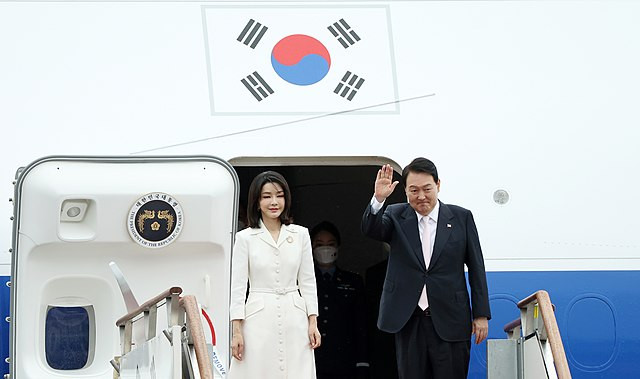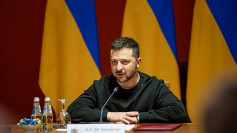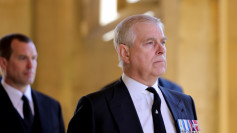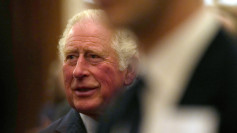Thousands of South Korean trainee doctors are continuing their strike, disregarding a critical deadline set for their return to hospitals. This mass walkout, a protest against a government proposal to increase medical school admissions, has persisted despite warnings of potential license suspensions and legal repercussions. The government's initiative aims to address a perceived doctor shortage by admitting an additional 2,000 students annually, a plan met with resistance from the medical community.
As of the latest reports, only a fraction of the more than 9,000 striking trainee doctors have resumed their duties, leaving major healthcare institutions grappling with reduced staff, delayed surgeries, and rerouted patients, as reported by REUTERS. Vice Health Minister Park Min-soo, expressing relief at the return of some trainees, emphasized the importance of their presence at patients' bedsides. However, the protesting doctors argue that before expanding the workforce, issues such as pay disparities and working conditions must be addressed.
The government's healthcare reform package, purportedly incorporating many of the medical community's demands, has failed to quell the unrest. The looming threat of license suspension for non-compliant doctors has further intensified the standoff, with the government expected to commence formal penalty proceedings following the national holiday.
Thousands of South Korean trainee doctors and residents continued their protests of the government’s push to increase medical school enrollments. pic.twitter.com/eYuB4LXUGN — CGTN America (@cgtnamerica) February 29, 2024
The strike has not only disrupted hospital operations but also sparked a broader conversation about South Korea's medical system and its preparedness to educate an increased number of students. Critics of the government's plan fear that a sudden influx of medical students could compromise the quality of education and exacerbate the maldistribution of doctors across specialties.
Public opinion on the matter is divided, with some citizens expressing sympathy for the trainee doctors' grievances, while others emphasize the paramount importance of patient care. The dispute underscores a critical juncture in South Korea's healthcare policy, highlighting the challenges of balancing workforce expansion with the maintenance of educational standards and service quality.
Senior Health Ministry officials have engaged in dialogues with striking doctors, but these discussions have yet to yield a resolution. The government's stance, articulated by Park and other officials, is that medical professionals' primary duty is to their patients, a principle that the strike puts at risk.
Legal experts speculate that the government may initially target strike leaders for punishment to mitigate further disruptions in hospital services. The ongoing strike, part of a larger debate over healthcare reforms and doctor distribution, poses significant questions about the future of South Korea's medical system and its capacity to meet the needs of an aging population.
As the deadlock continues, the potential for an escalated strike involving senior doctors looms, threatening to exacerbate the already strained healthcare services. The Korea Medical Association has expressed solidarity with the trainee doctors, although it has not yet committed to joining the walkouts.
Patients like Yu, who rely on timely medical interventions, are caught in the crossfire, hoping for a swift resolution that restores normal hospital operations. The trainee doctors' strike, while highlighting critical issues within the medical profession, also underscores the delicate balance between advocating for systemic change and ensuring uninterrupted patient care.






